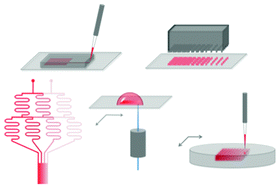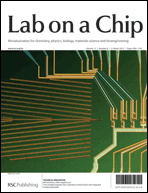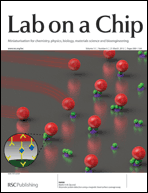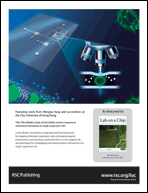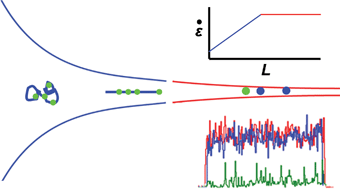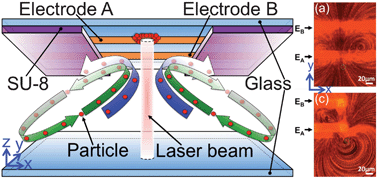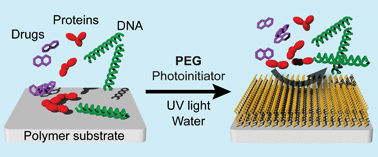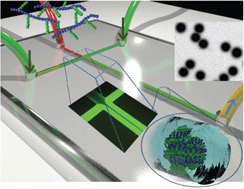For those of you reading this blog who are active researchers in the field of microfluidics, here are two job opportunities that have been brought to our attention, which may well be of interest:
Research Associate (MEMPHIS project) at UCL Department of Chemical Engineering
Full time, funded for three years in the first instance, available immediately, closing date 09/03/2013
Salary: £32,375 – £39,132 per annum
Applications are invited for a research associate position in the Department of Chemical Engineering at UCL. The main role will be to carry out experimental investigations of multiphase flows. This post will be funded by a £5M EPSRC Programme Grant that will harness the synergy between world-leading scientists from four prestigious institutions: Imperial College, Birmingham, Nottingham and UCL, to create the next generation modelling tools for complex multiphase flows. This will require a programme of focussed, multi-scale experiments on multiphase flows to validate and update numerical codes.
The experimental work will involve application of optical diagnostic methods on small and large scale geometries, with an additional aim of developing routes to create novel multiphase structures which can be exploited by our industrial partners. It will be expected that the post holder will interact closely with the numerical component of the Programme, carried out at all the participating universities, in order to validate, and update the numerical tools, and to provide input into the design of experiments. Experience in PIV preferred.
For key requirements and further details please download the full job advert by clicking on MEMPHIS_Advert_Feb13.
For queries about the application process contact Miss Agata Blaszczyk at a.blaszcuyk@ucl.ac.uk; for informal inquiries please contact Dr P. Angeli at p.angeli@ucl.ac.uk or visit http://www.ucl.ac.uk/chemeng/vacancies for further information.
Post-Doctoral Research Fellow (Boiling in Microchannels) at Brunel University School of Engineering and Design
Three years beginning 1st May 2013, closing date 21/03/2013
Salary £32,590 – £38,464 per annum
Applications are sought for a Post-Doctoral Research Fellow to join a very active research team in the area of two-phase flow in microchannels. The research will work on a project entitled “Boiling in Microchannels – Integrated design of closed-loop cooling system for devices operating at high heat fluxes”. The project is in collaboration with Edinburgh University and is funded by EPSRC. It is also sponsored by four UK based companies. The project aims to study fundamental and practical aspects of flow boiling in micro single and multichannel arrangements that will elucidate physical phenomenal and lead to actual prototype designs for use in high flux devices. The work at Brunel will be experimental.
For key requirements and further details please download the full job advert by clicking on DEA0559-1;
If you have any queries please contact Professor Karayiannis at tassos.karayiannis@brunel.ac.uk or visit https://jobs.brunel.ac.uk/WRL











